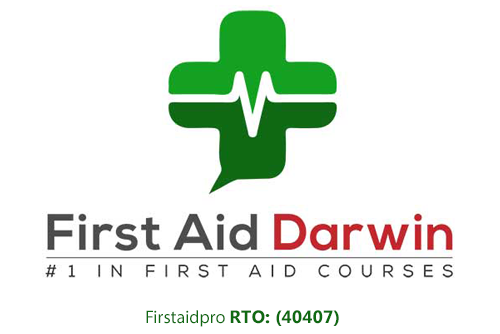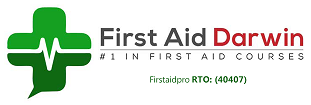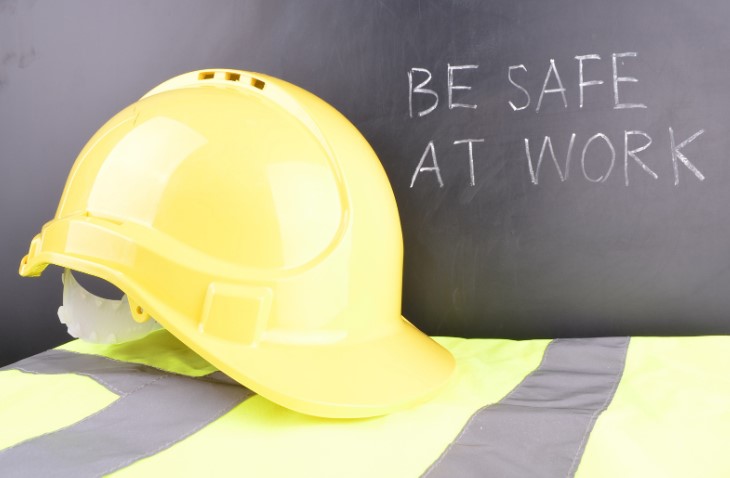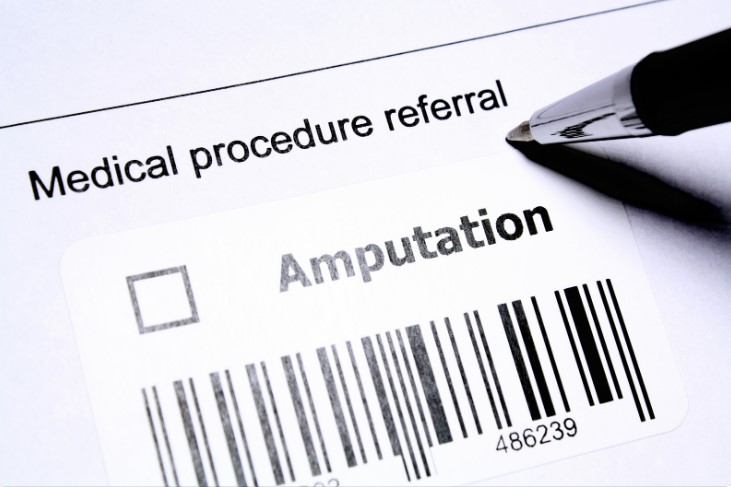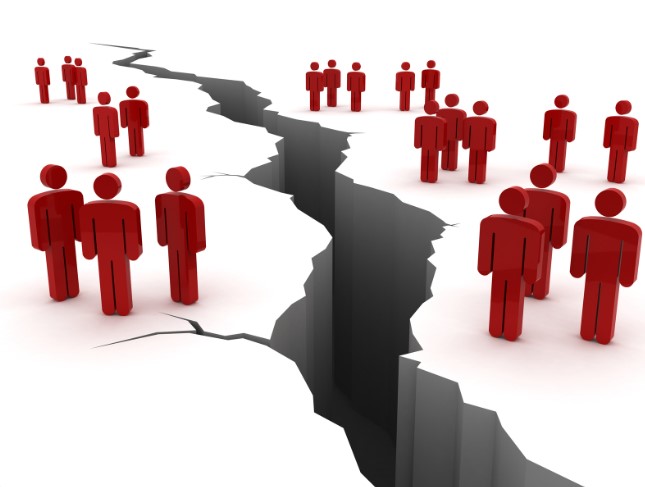Muscle pain are common, where almost everyone will experience discomfort in their muscles at some point in their lives.
Given the fact that muscle tissues are found in nearly all parts of the body, this type of pain can be felt anywhere. While overuse injuries are common, there is no single cause for muscle sores and pains and there are possible causes for ongoing discomfort.
The good news is that there are self-care tips you can take to prevent and manage muscle pain and the conditions that causes it. Read on to find out more.
What Is A Muscle Pain?
Muscle pain (myalgia) is sign of injury, infection, or disease where the pain may be centered around one muscle or a group of muscles. The person may feel deep, steady ache, or random sharp pain which may be in one specific area or all over the body. The fact about muscle pain is everyone experiences it differently.
The human body has over 600 muscles, which makes muscle pain a difficult condition to avoid. It is often caused by a minor injury, such as strain, sprain, falls, or trips which eventually leads to muscle sores and discomfort.
While the symptoms may be temporary and caused by overexertion, muscle pain could also indicate a more serious problem, particularly when it is unrelated to physical exertion. Muscle pain is divided into two categories – pain that is related to muscle activity and pain that is not.
Pain Related To Muscle Activity
Pain related to any muscle activity can occur during the physical movement or shortly afterwards. It is usually accompanied by muscle soreness, stiffness, strains, cramps and spasms and strains within the first 24 to 48 hours.
Pain Not Related To Muscle Activity
Muscle pain can happen even without injury from any kind of physical activity. It could be caused by a virus or other bacterial infection.
Muscle pain often gets better within days or weeks with the help of painkillers, anti-inflammatory medication, and first aid treatment. If the pain becomes severe and too difficult to bear, seek professional help.
What Are The Common Causes Of Muscle Pain?
Most people who experience muscle pain can easily identify it’s cause especially if it is related to or a physical activity. These may include:
- Muscle tension in one or more areas of the body
- Overusing the muscle during exercise or other forms of physical activity
- Muscle injuries while doing exercise or other physically demanding work
- Skipping stretches, warmups, and cool downs
- Doing unusual physical movements that lengthen instead of shortening the muscle
Sudden changes to your routine can result in injuries within the muscle fibers and connective tissues. Notice that the muscle becomes sore about a day later.
Another common cause of muscle pain is stress. When the body is under stress, it produces hormones that makes the muscles tense up or increases its sensitivity to pain. This explains why many people experience severe back pain after a tough day at work.
Additionally, muscle pain throughout the body may also because of an infection such as flu or the common cold.
What Are The Symptoms Of Muscle Pain?
Most areas of the body can be affected, but muscle pains usually affect the arms, legs, back, shoulder, abdomen, and hips. The pain may be accompanied by other symptoms, including:
- Numbness
- Muscle stiffness
- Pins and needles
- A burning sensation
- Stabbing pains
- Difficulty or discomfort when performing certain movements
- Swelling
If the pain persists for several days, is accompanied by fever, and makes it difficult to move around, it is important to seek further help.
5 Self Care Tips To Relieve Muscle Pain
Try these 5 self care tips for muscle pain. Taking these steps will help you get back to your normal activities in no time.
Stay Active
Muscle pain can make it difficult for you to make movements. However, it is important to keep the affected muscles in action, without overexerting them. Keeping them muscles active will help to retain their full function, or else they will start to waste away or shrink.
Prevent Overexertion
Prevent muscle pain by alternating periods of activity and rest. Take regular breaks, avoid overdoing things, and pay attention to your body’s warning signs.
Maintain A Healthy Weight
Being obese or overweight can burden your muscles, which makes you prone to muscle pain. Prevent this from happening by shedding the extra pounds through healthy eating practices and regular exercise.
Eating a balanced diet and exercising are proven to accelerate the losing weight process and help you build extra muscle.
Get A Massage
Getting a massage help relieve muscle tension, boost blood flow, and increase the range of motion in your joints.
Gentle and light pressure massages works well when muscles are sore and in pain.
Sleep
It sounds simple, but getting enough sleep can be exactly what your sore muscles need. Research suggest that there is a link between sleep and post-exercise recovery where lack of sleep can contribute to higher level of muscle inflammation.
Sleep is one of the most effective way to improve recovery for muscle aches and pains.
Treating Muscle Pain
While muscle pain and soreness are often not a cause for worry, there are certain types that can indicate a more serious problem. In some cases, a muscle pain may require further medical help to determine the cause of pain and the appropriate treatment.
For minor pains, getting rest, doing some stretches, massages, applying heat, and taking medications are usually sufficient for relieving pain.
If the pain is due to overexertion, we recommend following the R.I.C.E first aid method.
- Rest the injured muscle for at least a day
- Ice the injury immediately and continue doing it for 10 to 15 minutes every hour.
- Compress by gently wrapping the area with an elastic bandage. Avoid wrapping it too tightly to prevent cutting off blood flow.
- Elevate the injured are above heart level to help with the swelling.
If the pain persists for couple of days or weeks, painkillers and muscle relaxants may be prescribed by the doctor.
Take an over-the-counter pain medication like aspirin or ibuprofen (Advil, Motrin) to help manage pain and inflammation but do not give aspirin to anyone under age 18.
Seek professional help if the injured are is cool, pale, or changes color, or if there is numbness feeling or tingling sensation on the area. Watch out for new or severe pain and observe if the person cannot move or put weight on the affected muscle. When this happens, seek further help.
Conclusion
Occasional muscle pains are normal, especially if you are trying a new exercise routine or working a physically demanding job.
However, listen to your body and stop or modify activities that causes your muscle to hurt or feel discomfort. When trying new activities, start slow then continuously progress over time to avoid muscle injuries.
When muscle pain happens, the first priority is to treat its symptoms through first aid intervention.
Learn initial care for muscle pain and other muscle-related injuries in a first aid course. During training, you will be familiar with the symptoms, along with the first aid basics to address injuries such as R.I.C.E method, wound care, and more. You will also learn the warning signs on when to seek further help.
For more information, visit First Aid Courses Darwin or contact us at courses@firstaidpro.com.au
